Category: Medical
-
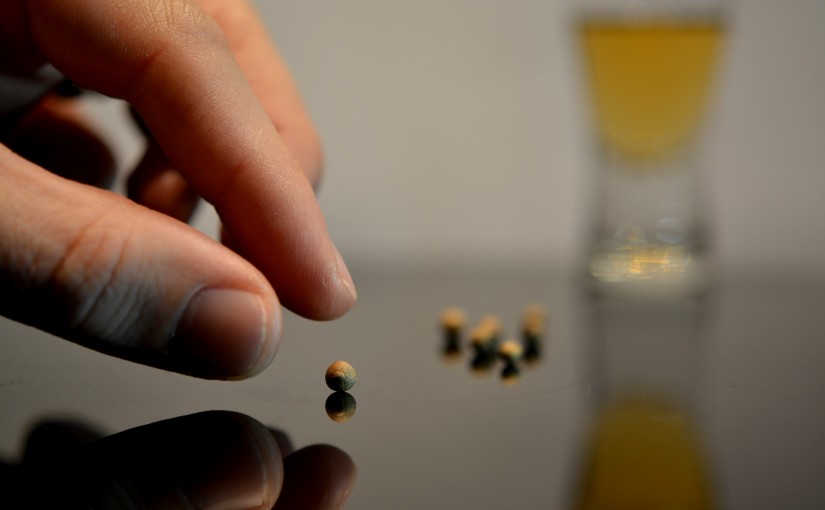
Placebo Effect: Fact or Fiction?
You may have heard of the “placebo effect” before, but what is it, exactly? Is it real? And what is a placebo? When it comes to medical terms, terms and definitions can get blurry quickly—especially for one used so much in pop culture as the placebo effect. Let’s set the record straight. What’s a Placebo?…
-

Fainting: When to Seek Medical Advice
If you have fainted before, you know that moment of blackout can be confusing, disorienting or even scary. But how do you know if you need to seek medical advice? Fainting can be an indicator of a serious medial problem. Let’s take a closer look into what fainting is and what it means. What is…
-

Childhood Cancer Fact Sheet
A cancer diagnosis is always distressing, but it can be especially heartrending when the patient in question is a child. There are some notable differences between cancers in children and cancers in adults. Here are some key facts about childhood cancer: Children make up less than 1 percent of all cancer diagnoses each year.…
-

Pediatric Cancer: Managing the Side Effects of Treatment
Thanks to great strides that have been made in cancer treatments, more children who get cancer survive now than ever before—more than 80 percent of children survive at least five years, and most are cured. But cancer in children is different from cancer in adults. Kids’ quickly growing bodies respond to treatment differently, and that…
-

Eating for Heart Health
February is National Heart Month, and since it is just around the corner, more and more people have begun to think once again about their own heart health. It is no secret that heart health is very important, but many people often do not know where to get started when it comes to learning about…
-
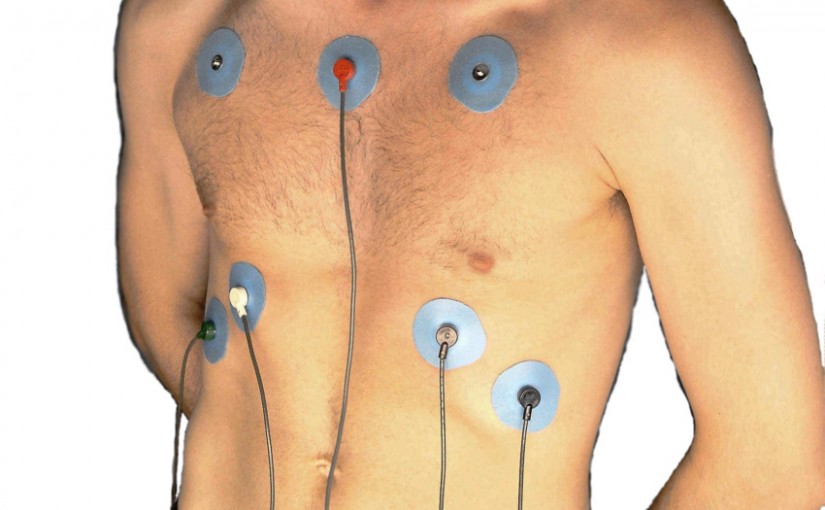
Heart Attacks: Recognizing the Symptoms
Would you know if you were having a heart attack? Many people say that they would. However, when it happens, they dismiss the very early warning symptoms as such innocuous things as indigestion, food poisoning, or even a harmless stomach bug. They find out only too late that what they mistook for harmless is actually…
-
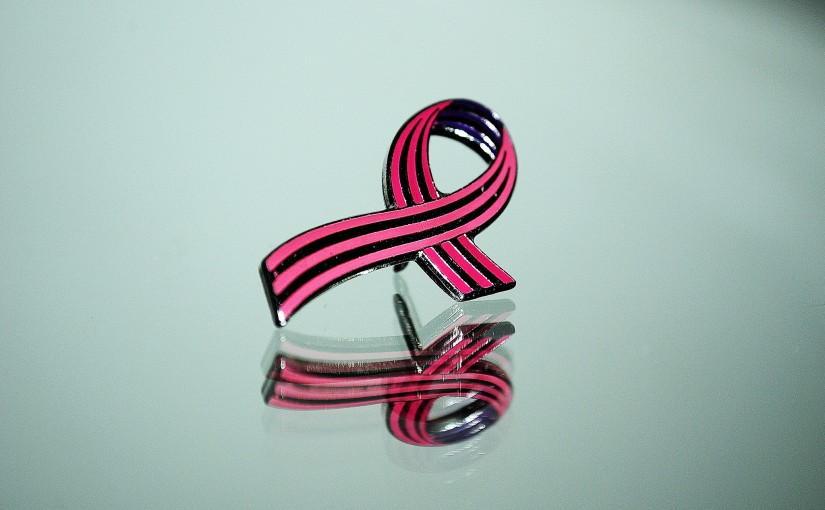
Warning Signs of Breast Cancer
Breast cancer can be a very scary thought, but unfortunately, it is a valid concern for many women. Although breast cancer is usually fairly treatable through a wide variety of options, it is important to catch the disease early in order to have the greatest chance at battling it successfully. Give yourself a little peace…
-
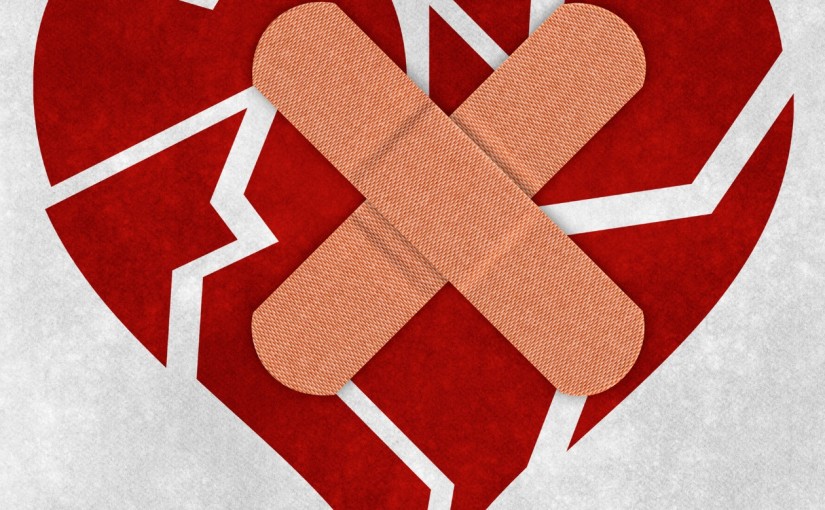
Heart Glossary
When it comes to your body, nothing is more important than keeping your heart healthy. However, understanding heart health can be more than a little difficult, especially if you are a beginner to this important topic. Check out this list of heart-related terms to help you get started. ACE Inhibitors – Medicines that are…
-
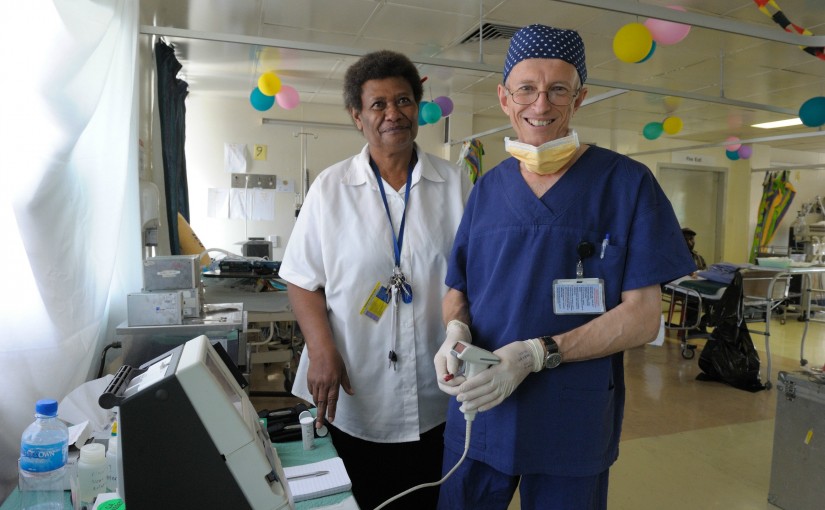
Cholesterol: Fact and Fiction
If you ask a random person on the street if they have heard of cholesterol, chances are they have. It is also highly likely that they hold some common ideas concerning this vital compound, its role in the human body, and the damage elevated levels can cause. These ideas are spread so frequently that many…
-
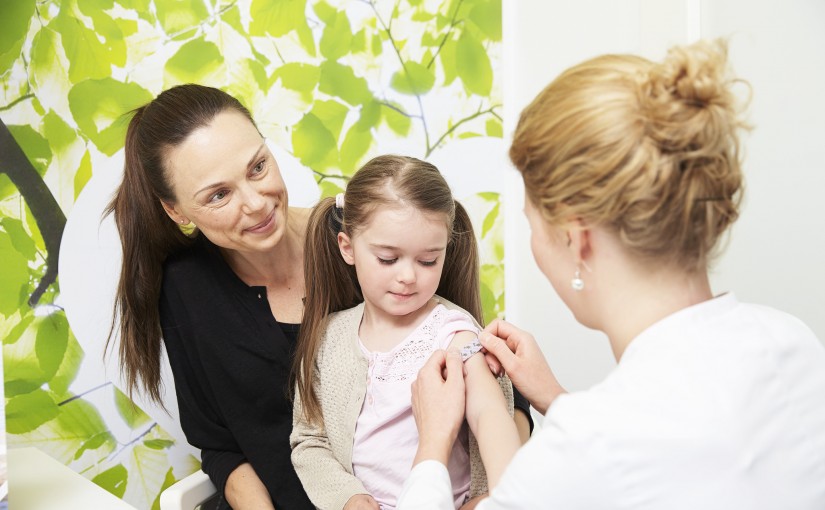
Autism and Immunization: Is There a Connection?
In the later part of the 1990s, parents suddenly began to fear for the health of their children based on a research paper that claimed to prove a connection between the MMR (measles, mumps, and rubella) vaccination and autism spectrum disorders in children. Since the publication of this paper, the research has been discredited and…